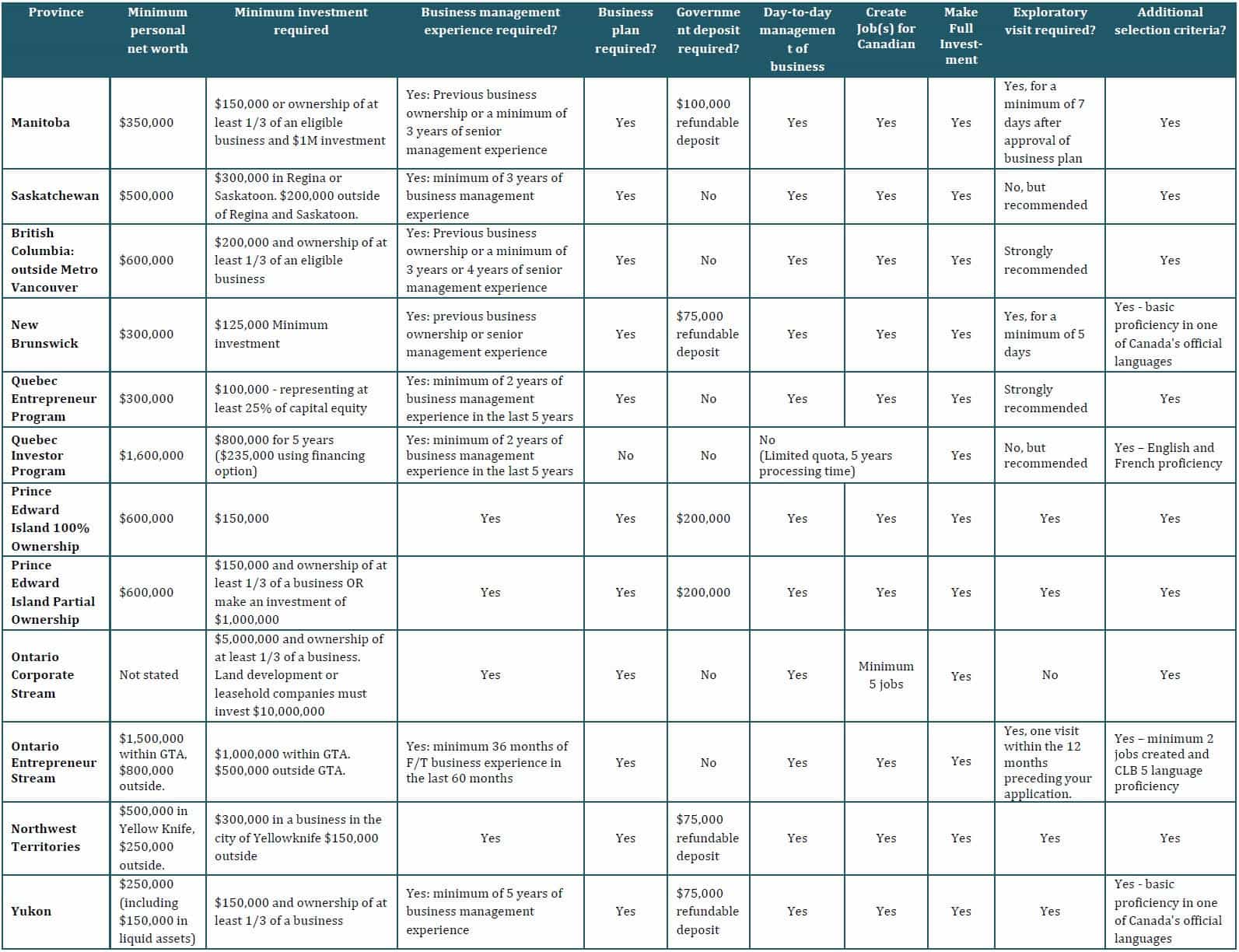Quebec announces further cuts to its immigration programs in latest Immigration Levels Plan
Quebec will aim to admit 45,000 new permanent residents in 2026, according to the province’s latest Immigration Levels Plan, tabled on the morning of November 6.
Under its current 2026 forecast, Quebec’s permanent resident (PR) targets will operate within a range, allowing the province to welcome a maximum of 47,000 and a minimum of 43,000 new immigrants next year.
Learn more about your options and get assistance immigrating to Quebec
This new target range represents a reduction of both the minimum and maximum admissions ranges, as compared to the 2025 admissions targets:
2026 target ranges2025 target ranges
43,000 – 47,00048,500 – 51,500
Economic immigration is expected to make up 64% of all PR admissions.
This is the first year that Quebec’s Levels Plan has included targets for temporary residents. Up to 124,200 temporary foreign workers and international students will be admitted in 2026 (including permit extensions).
Which permanent residents will Quebec welcome in 2026?
Of the 45,000 PRs the province aims to admit next year, up to 54% of these new admissions are to come from temporary residents already present in the province.
PRs targets will be distributed as follows:
Economic immigration: 27,500 to 30,100.
Family reunification: 9,600 to 10,400.
Refugees and people in similar situations: 5,500 to 6,000.
Other immigrants: 400 to 500.
Through the economic immigration category, skilled workers admitted to the province as PRs will range from a minimum of 27,050 to a maximum of 29,500.
The province is also aiming to have a French-language proficiency rate of about 76% among PRs admitted.
Quebec’s current immigration levels are in accordance with top-line figures that the government provided during the immigration levels consultation process earlier this year.
Under those consultations, Quebec suggested three possible figures for overall permanent residence admissions: 25,00, 35,00, 45,00.
Which temporary residents will Quebec welcome in 2026?
Quebec’s immigration authority announced its immigration levels admissions targets for foreign workers and international students in the coming year, aiming to welcome a maximum of 55,700 foreign workers and 68,500 international students. These figures will include students and workers currently in Quebec who apply for an extension of their status.
Similar to the PR targets, Quebec has provided minimum and maximum ranges for its temporary resident admissions in 2026:
CategoryMinimum rangeMaximum range
Temporary foreign workers40,40055,700
International students44,50068,500
Of the temporary foreign workers that will be admitted, 48% will be farm workers, and the remaining 52% will be non-agricultural workers.
To meet these admissions targets, Quebec will issue the following number of Quebec Acceptance Certificates (CAQs) in 2026:
CategoryMinimum rangeMaximum range
Temporary Foreign Worker Program43,40063,700
International Student Program 87,300114,100
CAQs are necessary documents for temporary residents (foreign workers and international students) who wish to work or study in Quebec. Temporary residents must apply for a CAQ from the Quebec government before applying to Immigration, Refugees and Citizenship Canada (IRCC) for their work permit or study permit.
By 2029, the province aims to reduce its temporary residence population to a total of 65,000 temporary foreign workers and 110,000 international students—a 13% reduction when compared to 2024 levels.
Additional measures to curb Quebec’s temporary resident population
The following changes are being made to Quebec’s temporary and PR programs:
For the Temporary Foreign Worker Program, extending the suspension of certain Labour Market Impact Assessments (LMIAs) for positions in Montreal and Laval regions to December 31, 2026.
Adding the requirement that those applying for a CAQ under the TFWP meet an NCLC 4 for spoken French (with a “planned effective date” of December 17, 2025).
Foreign workers already in Quebec will be granted a three-year grace period to attain and prove an NCLC level 4 in spoken French.
Certain individuals will be exempt entirely from the spoken French requirement, including agricultural workers.
Extending the suspension of applications for the Program for Refugees Abroad (Collective Sponsorship) to December 31, 2029.
Undertaking applications will continue to be examined, provided eligibility conditions are met.
Those who submitted an application and included dependent children or spouses will continue to have their applications examined.
Making the Skilled Worker Selection Program “the only means for permanent selection of skilled workers.”
To this effect, the Quebec Graduate and Temporary Foreign Worker streams of the Quebec Experience Program will end on November 19, 2025.
Applications that have already been submitted will continue to be assessed.
The closure of Quebec’s three permanent immigration pilot programs will also continue as planned on January 1, 2026.
Foreign nationals can only submit applications for the Francophone profile of the artificial intelligence stream of the pilot program for workers in the artificial intelligence, information technologies, and visual effects sectors—all other caps have been met for this stream and the other pilot programs.
Quebec’s immigration system
Quebec maintains a separate immigration system grounded in the Canada-Quebec Accord of 1991, which gives it more immigration authority than any other province or territory.
The province sets its own landings targets, dictating how many PRs and temporary residents it will admit each year.
Quebec’s immigration system is handled by the Ministère de l’Immigration, de la Francisation et de l’Intégration (MIFI), which establishes the province’s economic immigration programs, eligibility requirements, and selection processes.
This is done to preserve the French language and align immigration with its social, demographic, and economic needs.
Those intending to settle in Quebec need to obtain a Quebec Selection Certificate (CSQ) from the MIFI. With a CSQ in hand, the holder can submit an application to IRCC for PR.
While Quebec has enhanced immigration authority, the federal government continues to maintain responsibility over determining admissibility to Canada and granting PR status to candidates selected by Quebec.
Learn more about your options and get assistance immigrating to Quebec















